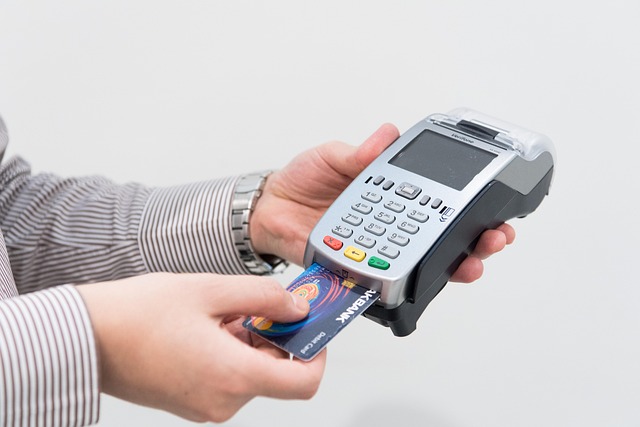In recent years, India has witnessed a digital payment revolution, and at the heart of this transformation lies the Unified Payments Interface (UPI). Launched by the National Payments Corporation of India (NPCI) in 2016, UPI has become a cornerstone of the country’s cashless economy, seamlessly integrating technology, finance, and convenience into one powerful system. UPI apps now serve as the primary mode of daily transactions for millions across India, offering a fast, secure, and real-time payment solution.
What is UPI?
UPI is an instant real-time payment system that enables inter-bank transactions through a mobile platform. It allows users to link multiple bank accounts in a single app, transfer money, pay bills, and even request payments using nothing more than a Virtual Payment Address (VPA) or QR code. With UPI, there’s no need to share sensitive banking information like IFSC codes or account numbers.
Why UPI Apps Matter
UPI apps are more than just digital wallets; they are complete financial tools. They provide a bridge between users and their banks, offering peer-to-peer transfers, merchant payments, subscriptions, donations, and even investments. These apps have played a pivotal role in advancing financial inclusion, particularly in semi-urban and rural India, where traditional banking services remain limited.
Popular UPI Apps in India
Several apps dominate the UPI landscape in India, each catering to different segments of users:
-
Google Pay (GPay): Known for its simple interface and wide merchant acceptance, Google Pay is popular for everyday payments, utility bills, and rewards-based transactions.
-
PhonePe: One of the earliest adopters of UPI, PhonePe integrates banking services with investments, insurance, and gold purchases.
-
Paytm: Originally a digital wallet, Paytm now uses UPI to power everything from mobile recharges to movie tickets and e-commerce purchases.
-
BHIM App: Developed by NPCI itself, BHIM is a government-promoted app focused on inclusivity and direct bank transfers.
-
Cred, Amazon Pay, and others: These apps combine UPI with loyalty programs, cashback offers, and credit-based services.
Key Features and Benefits
-
Instant Transfers: Funds are moved instantly, 24/7, including on holidays.
-
Interoperability: Any UPI app can connect to any participating bank.
-
Security: Two-factor authentication and device-level encryption help maintain high security standards.
-
Low Cost: UPI transactions are either free or involve minimal charges, especially for individuals.
-
Scalability: UPI supports everything from microtransactions to large payments, making it suitable for all kinds of users.
UPI’s Role in India’s Digital Economy
The adoption of UPI has surged beyond expectations, processing billions of transactions monthly. Its open architecture has enabled startups, tech giants, and banks to innovate rapidly. UPI has also been a catalyst for the rise of small businesses and gig economy workers, who now accept payments without the need for expensive point-of-sale machines.
During the COVID-19 pandemic, UPI became a lifeline, reducing physical contact and enabling essential services to operate with ease. Its usage continues to expand into sectors such as healthcare, education, and agriculture.
Challenges and Future Outlook
Despite its success, UPI faces challenges such as transaction failures during peak hours, user data privacy concerns, and rising cases of fraud. However, NPCI and app developers continue to evolve the system with enhanced protocols like UPI Lite (for low-value offline payments) and credit-linked UPI.
Looking forward, UPI is expected to drive India’s ambition to become a digitally empowered society and knowledge economy. It may even become a blueprint for other countries exploring national digital payment systems.
Conclusion
UPI apps have transformed how Indians pay, transact, and manage money in their daily lives. What began as a financial tool has now become a symbol of India’s digital empowerment. Whether you’re buying groceries, paying your rent, or splitting a dinner bill, UPI makes it quick, easy, and secure—bringing the future of payments to your fingertips.

